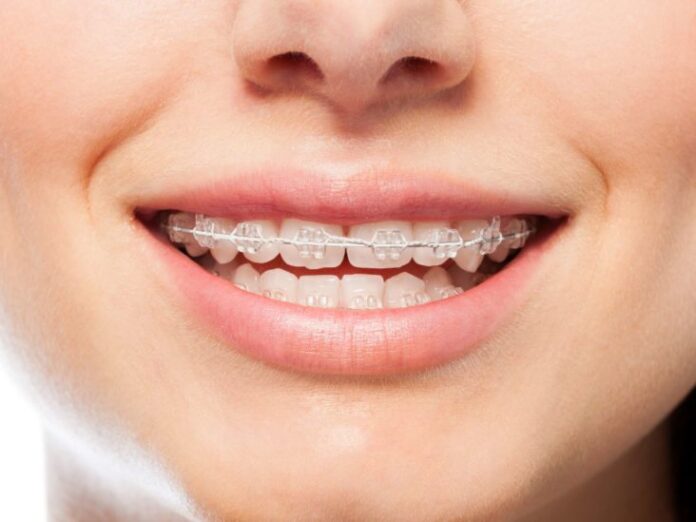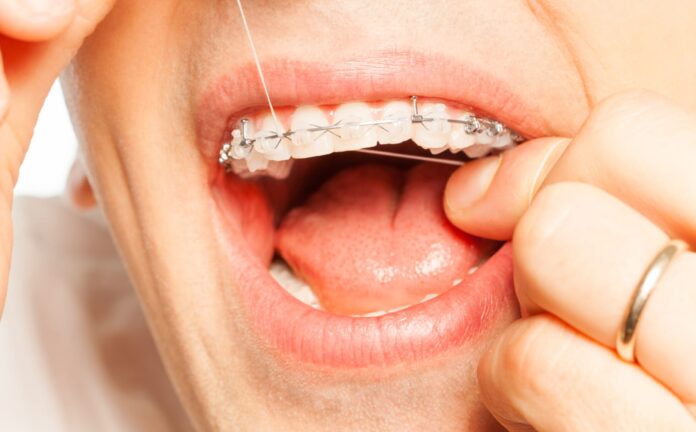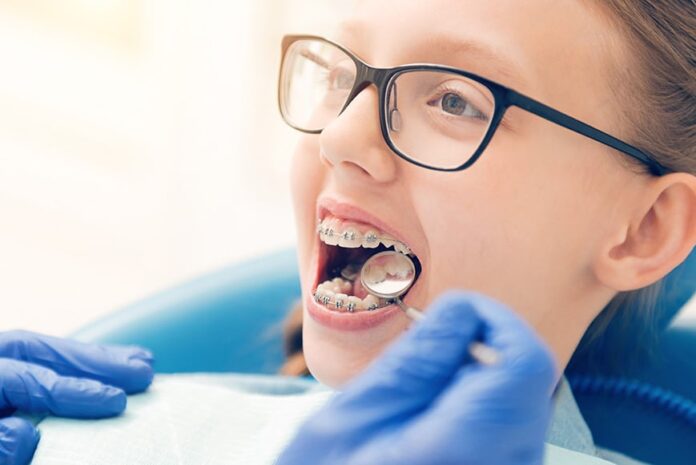For some people, a trip to the orthodontist every six months is not an unusual occurrence. For others, it is a once-a-year event. If you’re like many people who go to the orthodontist more than twice in their life, then it might be time for a change!
Orthodontics is the science and practice of correcting dental alignment through the use of braces and other oral appliances. Orthodontics can be used to achieve a variety of different dental results, including improved smile aesthetics, better bite positioning, and reduced severity of TMJ (temporomandibular joint) symptoms. In order to achieve optimal orthodontic results, regular visits to your orthodontist are advised. The frequency of visits will vary depending on the individual’s level of compliance with wearing the braces and other prescribed devices.
What Are the Different Types of Orthodontic Treatment?

There are different types of orthodontic treatment that can be used to correct crooked teeth. Some treatments, such as braces and Invisalign, use metal or plastic brackets and wires to move teeth into their proper alignment. Other treatments, like traditional dental braces, involve wearing a device over the top of your teeth for a set amount of time. This includes different accessories like Impress clear aligners.
The type of orthodontic treatment you choose will depend on the severity of your crooked teeth and how comfortable you are with the suggested treatment plan. If you have minor tooth movement problems or are very comfortable with traditional braces, they may be the best option for you. If you have more severe tooth movement problems or are not comfortable wearing traditional braces, other options may be better for you.
Braces: How Often Do You Need to Go for a Check-Up?

Braces are one of the most common dental treatments and for good reason. They provide a wide range of benefits, including a stable smile and reduced risk of orthodontic problems. But like with any medical procedure, braces require regular check-ups to ensure they’re working as they should.
Experts recommend that kids and adults who are wearing braces have a check-up every six months. However, this frequency may vary depending on the type of braces you are wearing and your overall health. If you have metal braces, your dentist may recommend an even more frequent check-up schedule.
If You’re Pregnant or Nursing:
You should also keep in mind that during pregnancy, your body is expanding by up to 33%. This increase in size can cause your teeth to move more and put additional pressure on the gums and bones around them. So if you’re pregnant or nursing, make sure to talk with your dentist about a regular check-up schedule for your braces.
What about when you take them off?
Everyone’s needs are different, and what works for one person might not work for another. That’s why it’s important to consult with an orthodontist on a regular basis after getting braces.
According to the American Academy of Orthodontists, you should visit your orthodontist every four months after getting braces off. This will ensure that your teeth are moving in the correct direction and that any residual issues have been corrected. Additionally, your orthodontist can check to see if you need any more adjustments or new braces.
Consulting with a dentist regularly after getting braces is key for maintaining optimal oral health. If you have any questions about how often to go to the orthodontist or any other dental care needs, don’t hesitate to contact your doctor.
Dental care after braces

Braces can change the shape and size of your teeth, which can lead to issues with dental hygiene. Here are some tips on how to care for your teeth after braces: First make sure you keep up with your regular dental visits. This will help to ensure that any changes made to your teeth due to braces are properly taken care of. Even if you don’t have any additional dental problems, regular check-ups help catch any problems early on and can save you a lot of money in the long run.
Additionally, be sure to brush and floss regularly. Not doing so could lead to tooth decay or gum disease, both of which can be quite unpleasant and difficult to cure. If you have trouble brushing and flossing correctly, ask your doctor or dentist for help getting started.
If you do experience any problems with your oral hygiene after getting braces, don’t hesitate to see a dentist. Your doctor may be able to give you some temporary solutions until you can get back into a proper dental care routine. And remember – always talk to your doctor before making any drastic decisions about your oral health.
How to find an Orthodontist

First, make sure you find a Board Certified Orthodontist. This means that the Orthodontist has completed specialized training specific to orthodontics. Second, be sure to speak with several doctors before making your decision. You want to feel comfortable with the doctor who will be working on your teeth. An Orthodontist with a lot of experience is better equipped to handle complex cases and improve your smile. Finally, always schedule an appointment ahead of time so you can get a proper evaluation and consultation.
Conclusion
Orthodontics is a very important field, and it is not just for children. Adults need braces too! After all, the goal of orthodontia is to straighten teeth so that they look their best. However, like anything else in life, orthodontic treatment comes with risks and rewards. Are you wondering how often you should go to the orthodontist after braces are put on? The answer depends on a few factors: your age, the type of braces you were wearing at the time of adjustment, how well your teeth fit into your bracket braces, how regularly you wear them, and other factors. In general, though, every two years would be a good rule of thumb.









